Bamboo panel
1 Overview of Pressed Wood Planks
Recently, with the development of technology, we have been able to take advantage of the advantages of bamboo stems. A new material has been successfully researched and put into production. It is a pressed bamboo board. This type of board is produced based on the principle of joining and gluing bamboo or bamboo fibers with a tremendous pressure. When a force of sufficient force is reached, bamboo or bamboo fibers will form a strong bond.
Currently in Vietnam market, there are two popular types of couplings: horizontal and tilt (vertical). Depending on the pattern, it will produce a pattern with its own definition. In addition, there is another compounding method that is pressed bamboo block. Plywood blocks are formed from compressing the bamboo fibers together. In terms of structure, we can see that the pressed bamboo block has much better rigidity and stability than the horizontal and tilted (vertical). This is because fiber grafting will create more and better cellulose bonds. However, the grafted bamboo board between the original bamboo wood vein, this pattern is very characteristic and favored by more people.
2. Raw materials for Bamboo Wood Planks in Vietnam
Not any kind of bamboo can be used to produce pressed bamboo boards, they need to ensure technical criteria to produce good quality products. In Vietnam, bamboo is selected as the raw material source for the production of pressed bamboo boards. This is a giant bamboo species originating in the northern provinces, most grown in Thanh Hoa province. The stem of the luong plant is large in size with 10 cm of diameter, the hardness of the first row among the world’s bamboo species.
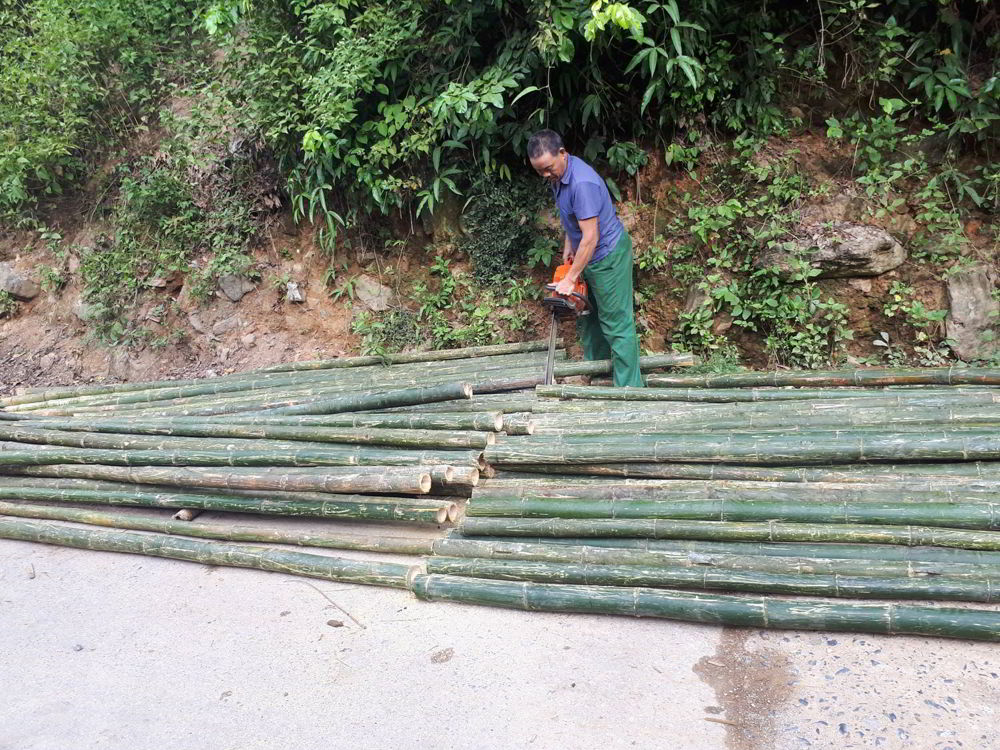
bamboo material
With a growth and completion rate, mature trees take only 4 – 5 years and can be harvested steadily for the next 9 years. In the harvesting period, luong can regrow itself without additional planting. If compared to other types of wood, it will take hundreds of years to harvest and it is also very labor intensive to take care of replanting.
Therefore, Luong is considered by many experts to be a renewable timber resource, a sustainable material in the future. Bamboos of standard bamboo are old bamboo trees. At this time, bamboo has developed completely, giving good hardness and durability. Bamboo is harvested by cutting into a length of about 250cm, the diameter is about 9cm.
3. The process of manufacturing pressed bamboo sheets
– Stage 1: Selecting bamboo wood materials
Before putting into the bamboo production process, the input quality is controlled to ensure the quality of the output. The basic criteria given such as no defects, no worms, must ensure the criteria of hardness, thickness and diameter of bamboo culms. Bamboo stems are divided into pieces of equal size to prepare for the process of cutting into bamboo bar
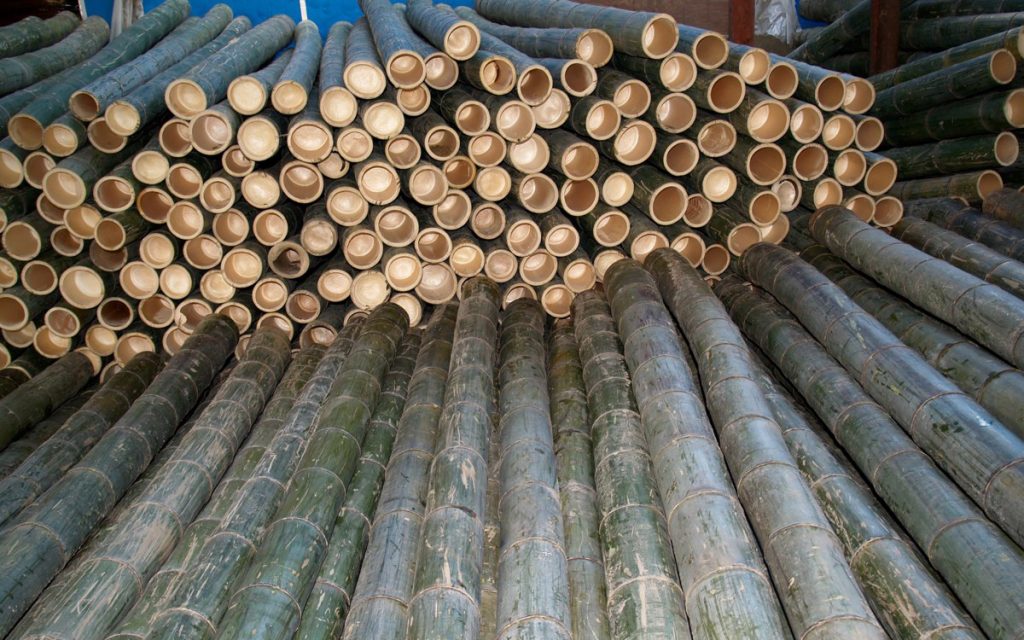
bamboo panel production step 1
– Stage 2: Splitting the body into bamboo
Bamboo pieces that meet the quality criteria will be passed through the bamboo splitting machine. The separated bamboo nan size will be about the same size thanks to the measured size circular blade. This stage helps the bamboo to have more uniformity, after which the patterned board will have more beautiful patterns.
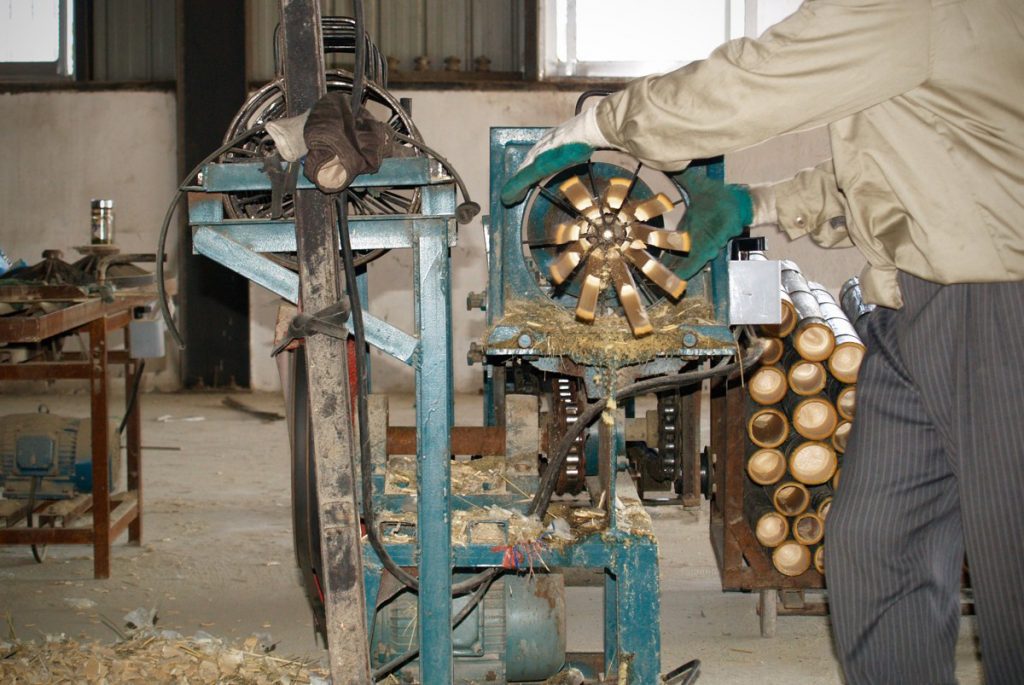
bamboo panel production step 2
– Stage 3: Plan and straighten the bamboo
This is the stage to help the rough bamboo can shape straight and more aesthetic bars. The bamboo nan is passed through the planing machine to remove the surrounding parts to 22×6 mm (long x wide). The evenly shaped bamboos will have better contact with each other, and the process of pressing bamboo walls is more convenient and more durable.
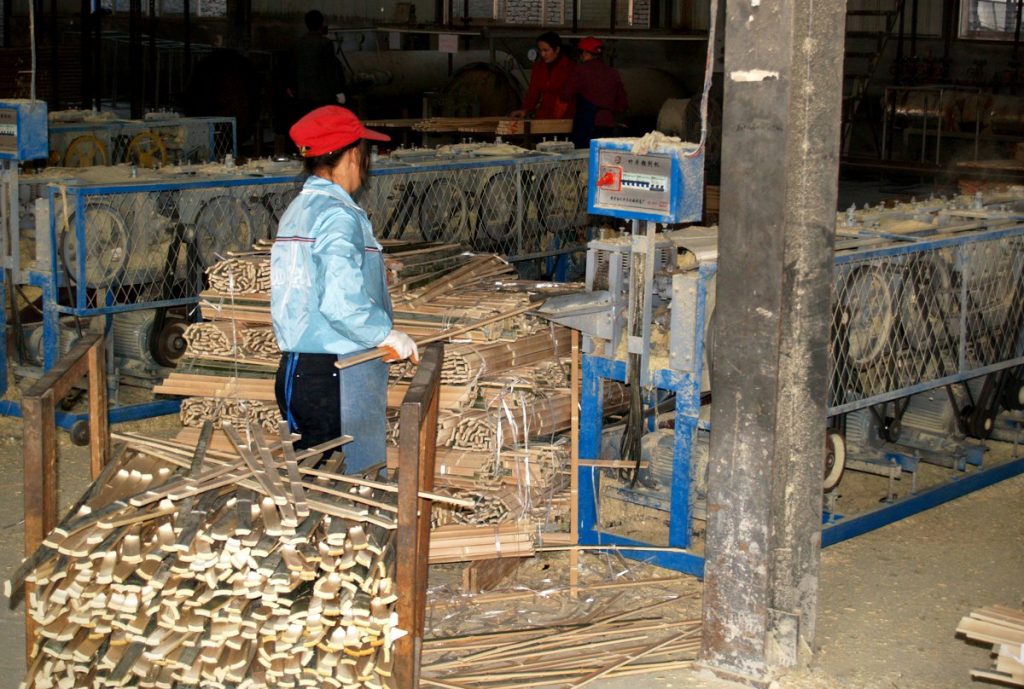
bamboo panel production step 3
Bars bamboo after being planed and shaped in this picture below
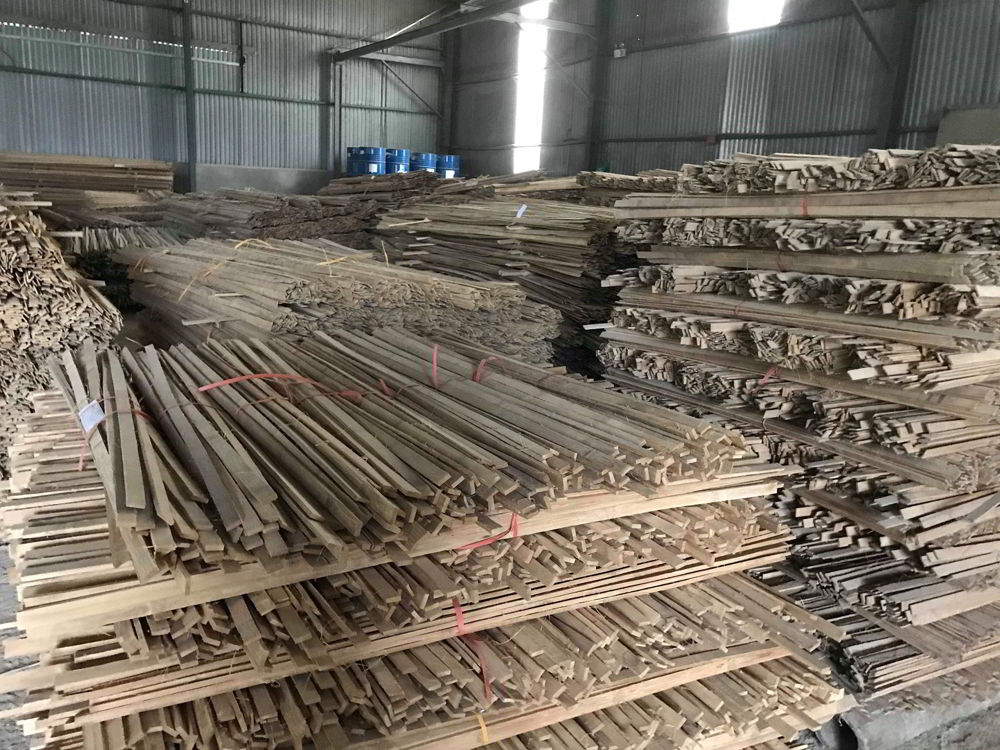
bamboo panel production step 3 finish
– Stage 4: Steaming bamboo wood nan
In the composition of bamboo contains lignin sugar, this is an attractive nutrient source of weevils. To avoid being attacked by wood and bamboo, producers must soak in water for a long time to break down this sugar. At that time, the lignin sugar in wood and bamboo decomposes so all the food is gone and there is no chance of attack. Today, wood and bamboo product processors are no longer soaked in water for a long time and also expensive, which can contaminate water.
Current advanced treatment technology is steaming or burning to speed up the process of lignin sugar decomposition. According to this method, when the sugar is steamed, it will quickly dissolve in water and be discharged into wood fibers, bamboo fibers or when burnt sugar. In the same way, producers reduce time, reduce costs and control the problem of water pollution. When lignin sugar is no longer available, no one will eat wood or bamboo anymore because there is no food source.
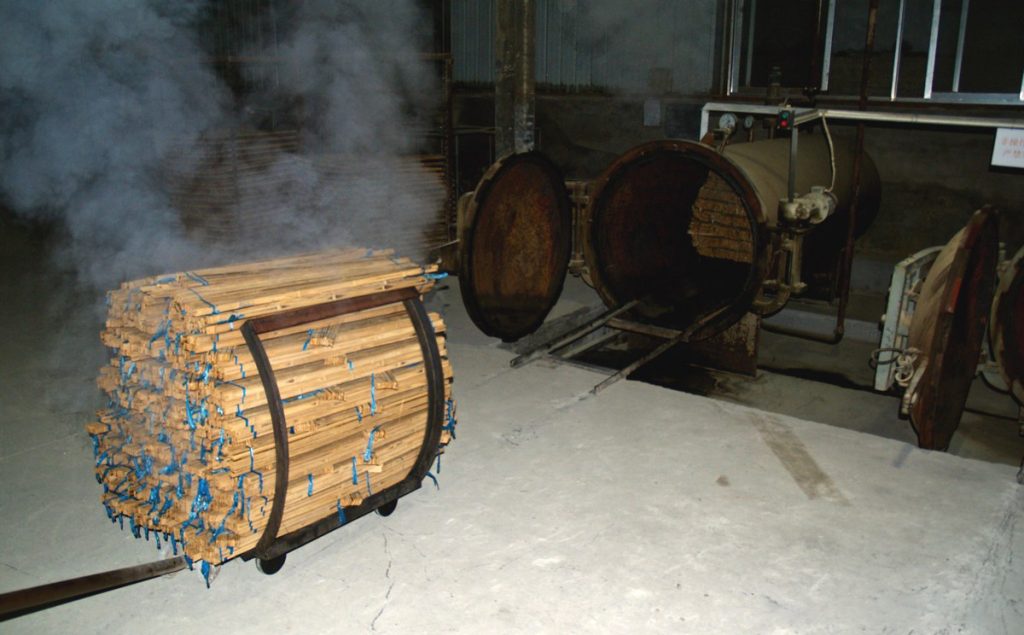
bamboo panel production step 4 in steam
– Stage 5: Drying and sanding
After being processed through the steaming stage, the bamboo will contain large moisture, so it is necessary to dry before going through the nan graft. The bamboo will be dried in the oven for 5 days to reach about 8-10% moisture, then remove. When the bamboo is dry, they are put on sanding again to create the best contact surface for the nanolysis. At this time, bamboo will be brought to size 20×5 mm.
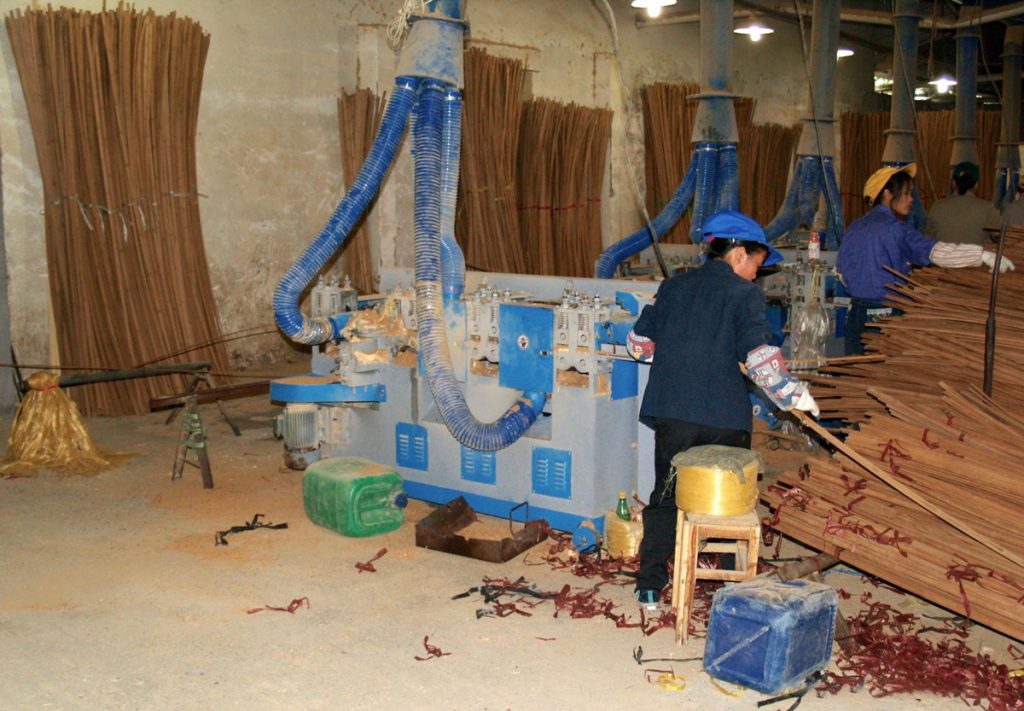
bamboo panel production step 5 Drying and sanding
Step 6: The process of pressing bamboo bars into sheets
As mentioned above, pressed bamboo boards are assembled in two ways: horizontal and inclined (vertical). Each grafting method will have a machine that fits the specifications.
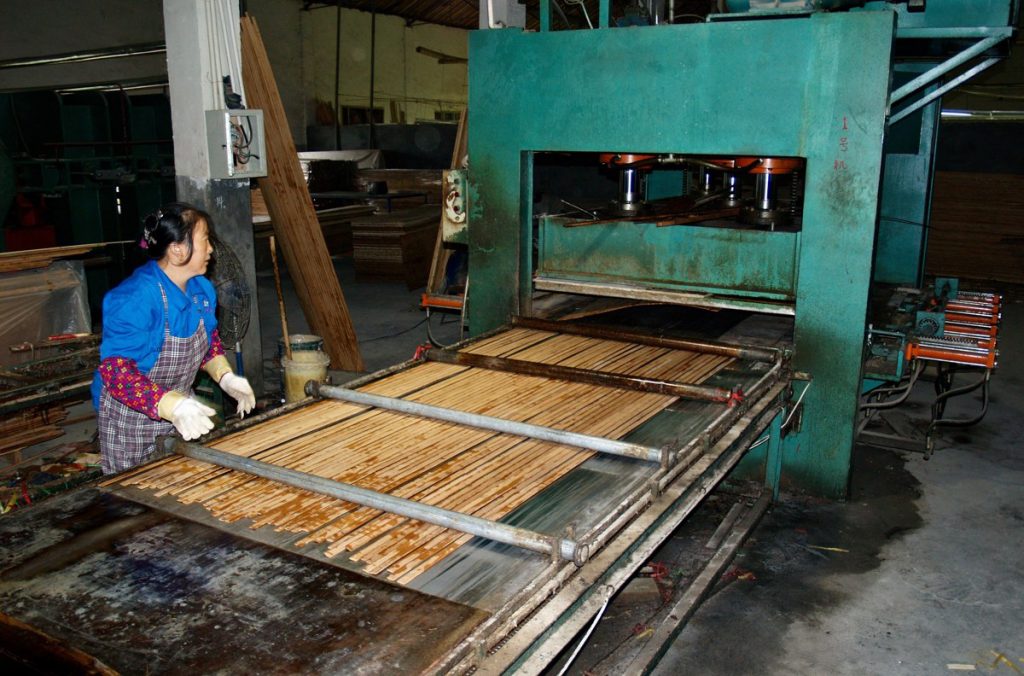
bamboo panel production step 6 pressing bamboo bars into sheets
– Stage 7: Cut into sheets and polish the surface
In order to facilitate the export to the market, the pressed wooden planks are cut to the standard size as in the price list of pressed bamboo boards, making it easier for customers to identify prices.
Bamboo planks are put through sanding to ensure that the surface of the wood products is smooth, not rough and sharpen the edges.
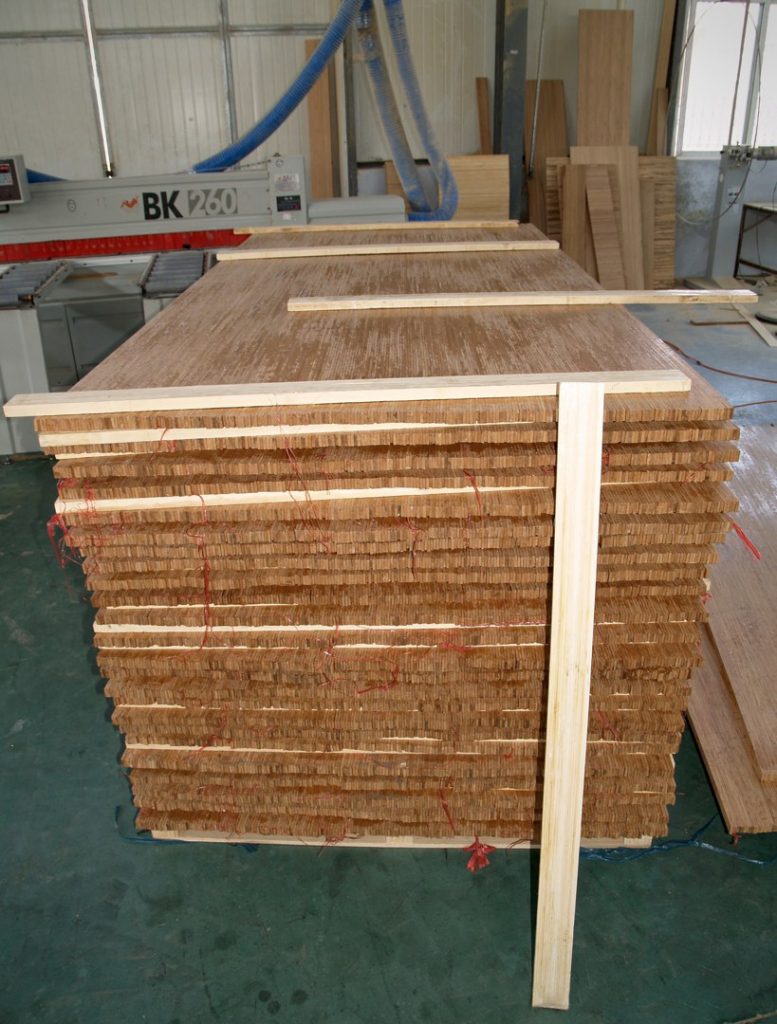
bamboo panel production step 7 Cut into sheets and polish the surface
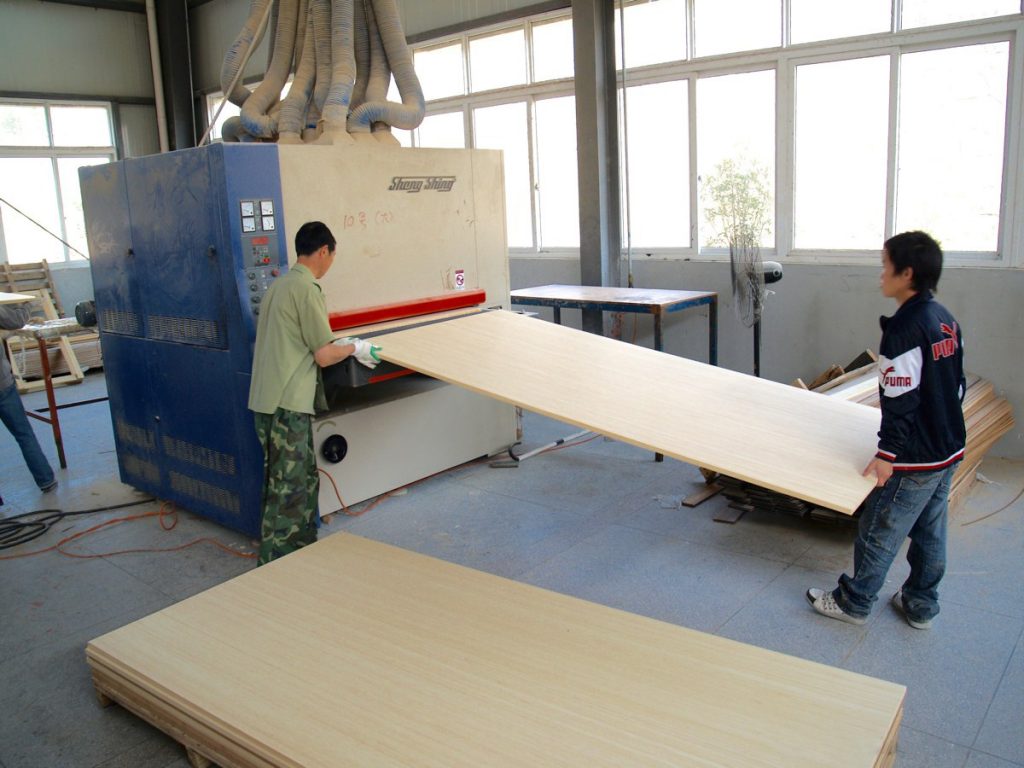
bamboo panel production step 7 Cut into sheets and polish the surface
– Stage 8: Quality control before shipment
Before shipment, pressed bamboo boards will be checked again. The staff of the technical department will re-examine the parameters of hardness, adhesion and some other important parameters to ensure that the defective products are not leaked.
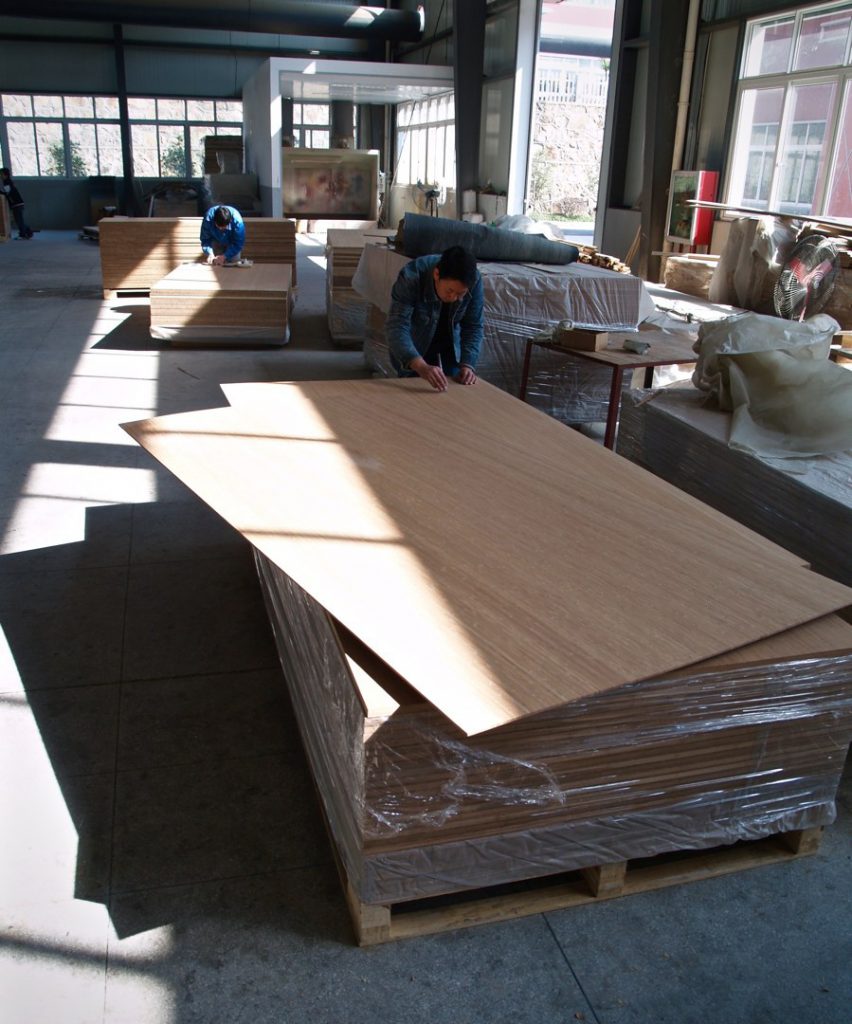
bamboo panel production step 9 Quality control before shipment
4. Application of bamboo panels and preservation
Bamboo laminate sheets can be processed similarly to conventional plywood types such as MDF, HDF, Plywood to process household and outdoor furniture products. Interior products using composite bamboo panels have outstanding durability and complete natural colors. They are often used in the field:
– Furniture: making floors, making stairs, making tables for beds, kitchens ..
– Household items: study desk, bamboo tray, bamboo box …
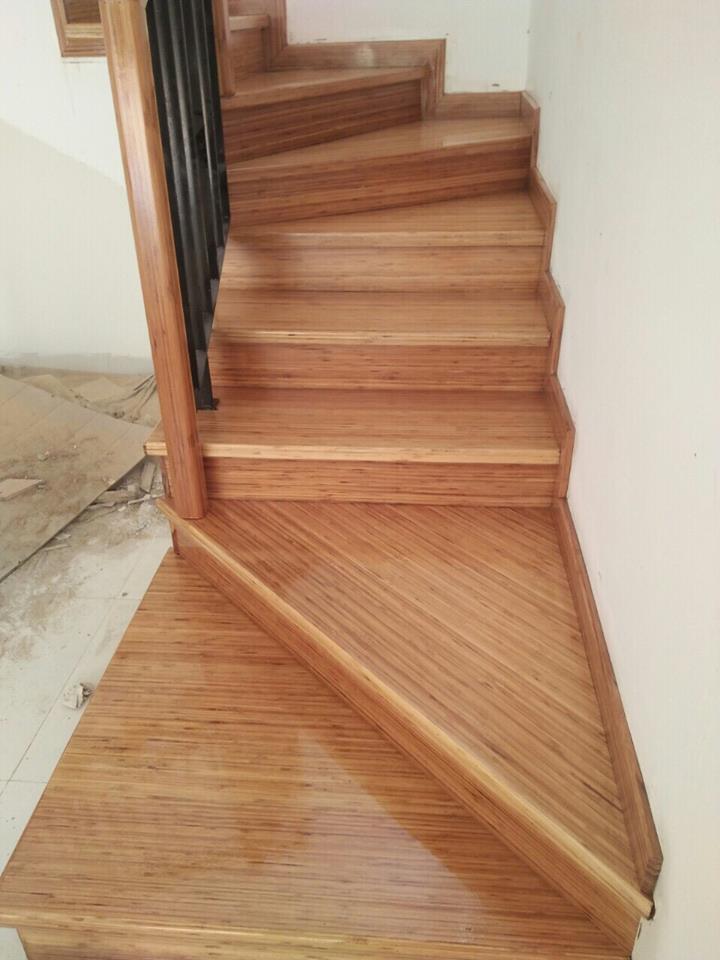
Bamboo panel for stair
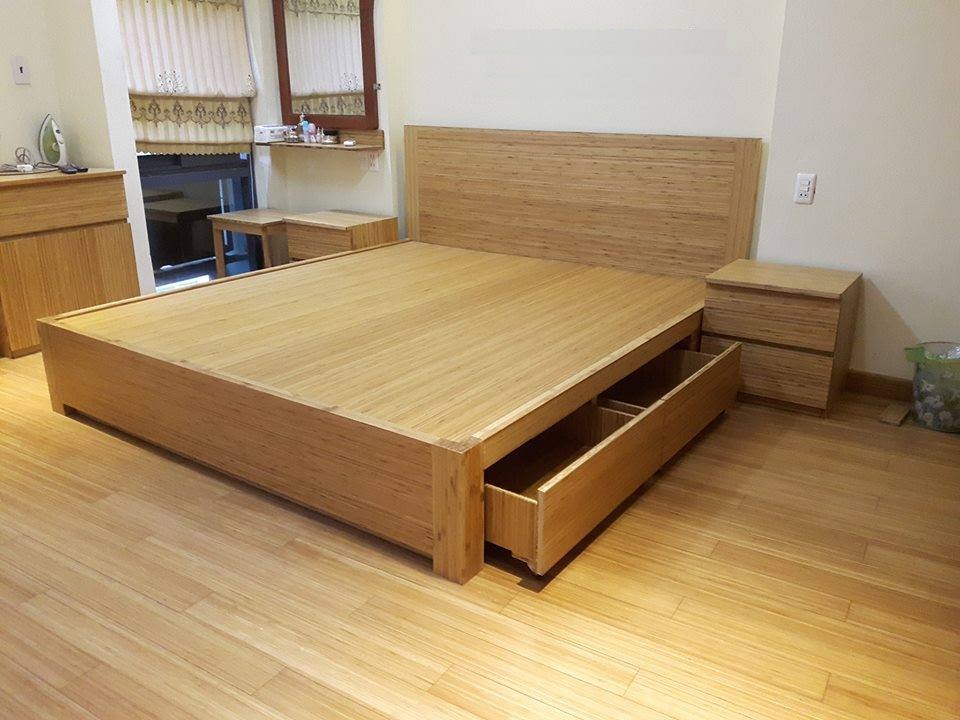
Bamboo panel for floor and bed
Preservation:
Although bamboo is pressed to the side, it is similar to natural wood flooring, they need to be protected against moisture and scratched with coating.
With the strength of producing traditional handicraft products, we can process wood products according to customers’ requirements.
Please contact us: +84 966050788 (Whatsapp, Viber..)
Or visite us: Bamboo panel
Best regard
VNJ Vietnam


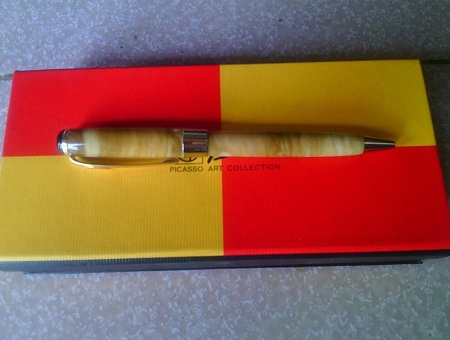


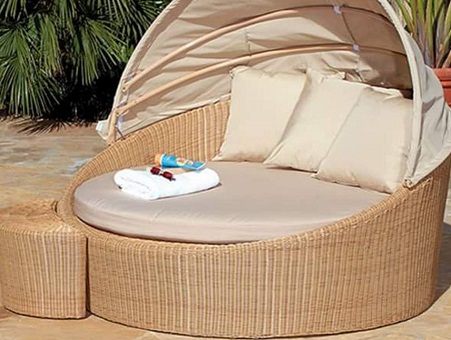
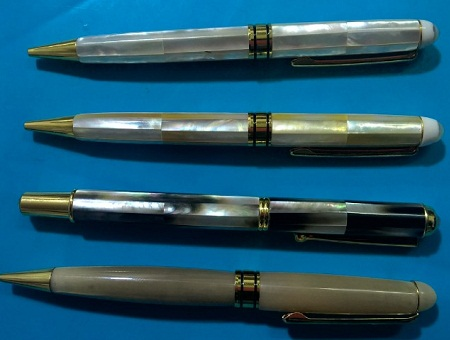

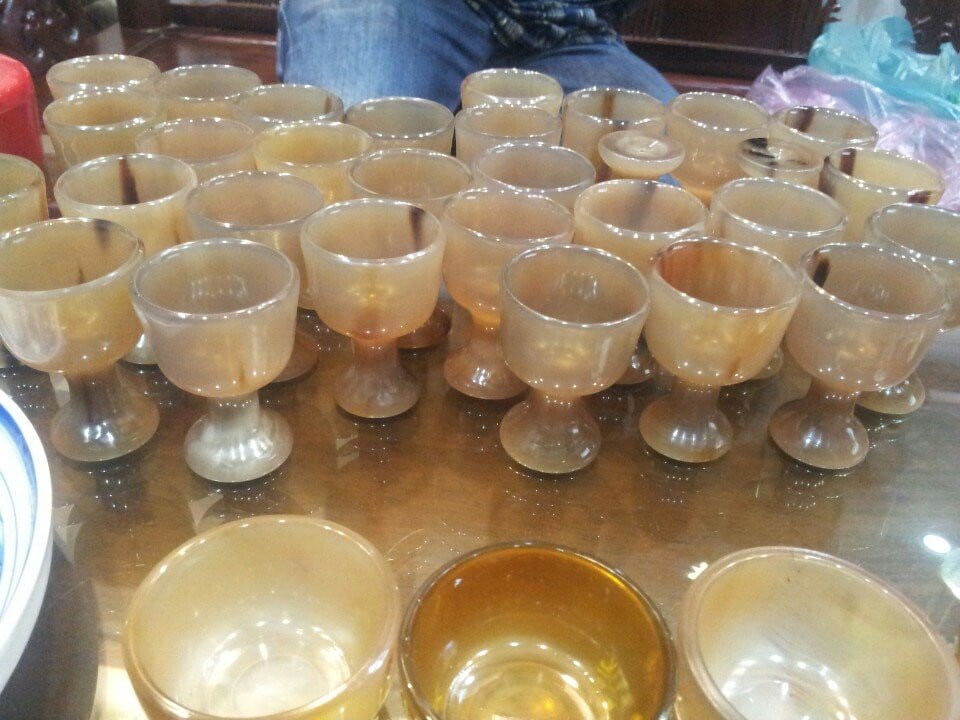
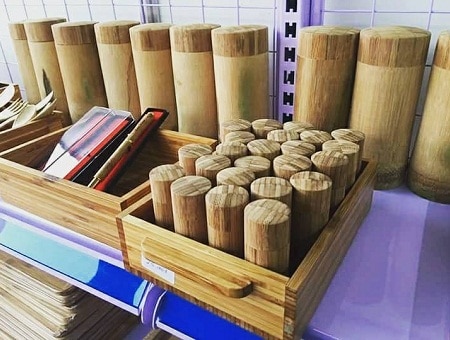
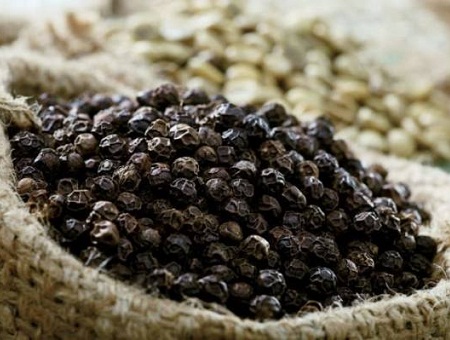


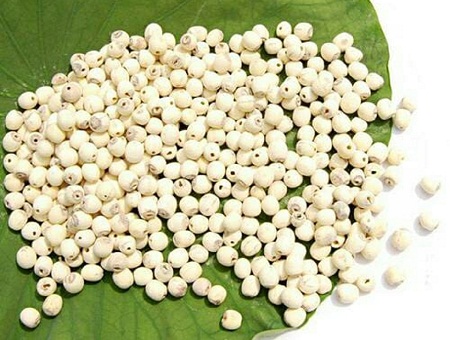
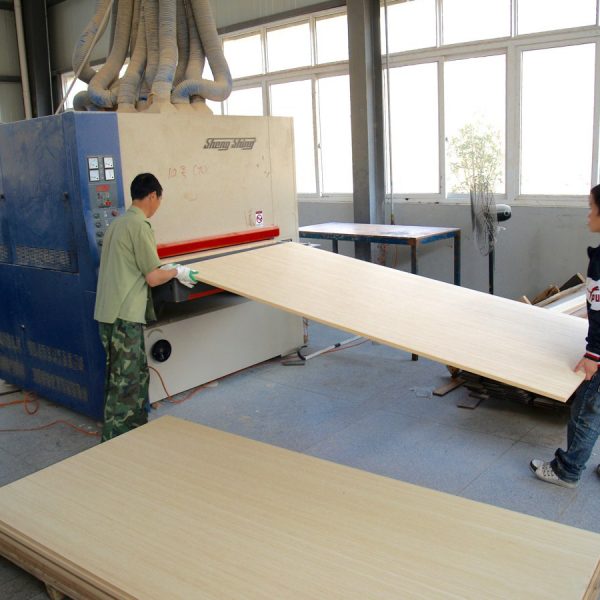
Reviews
There are no reviews yet.